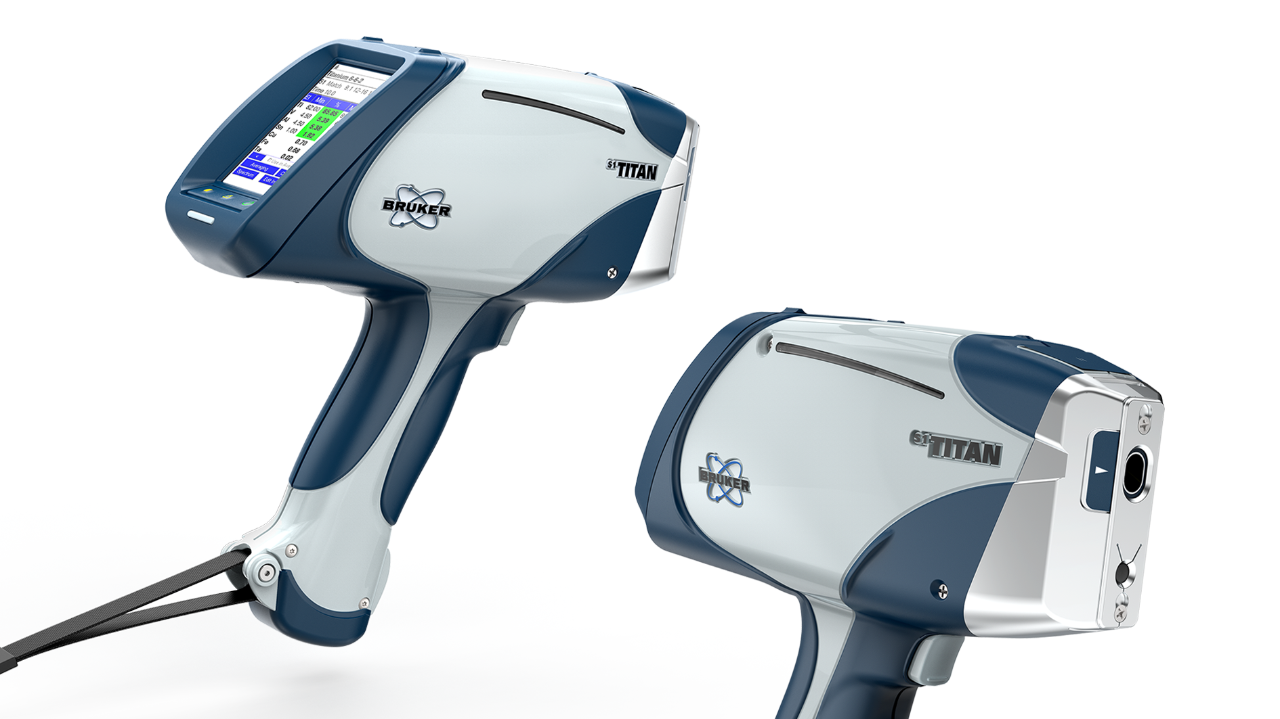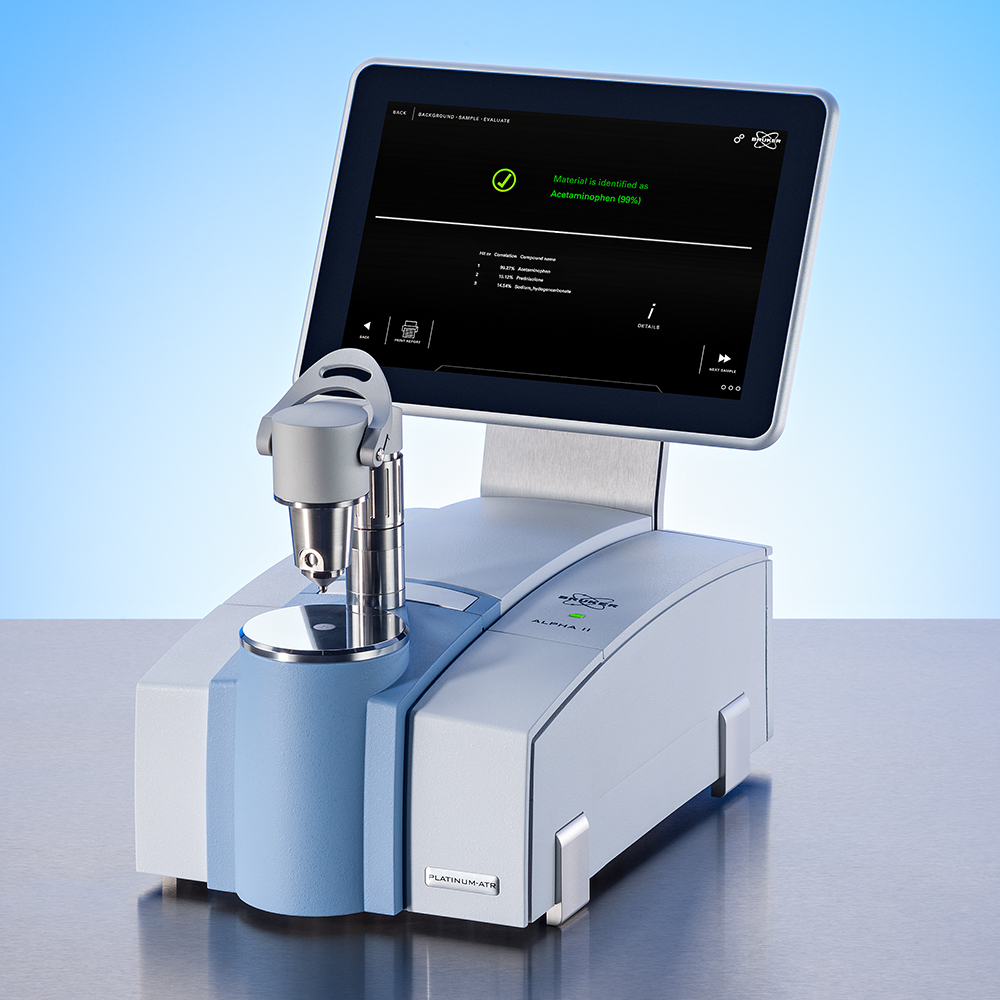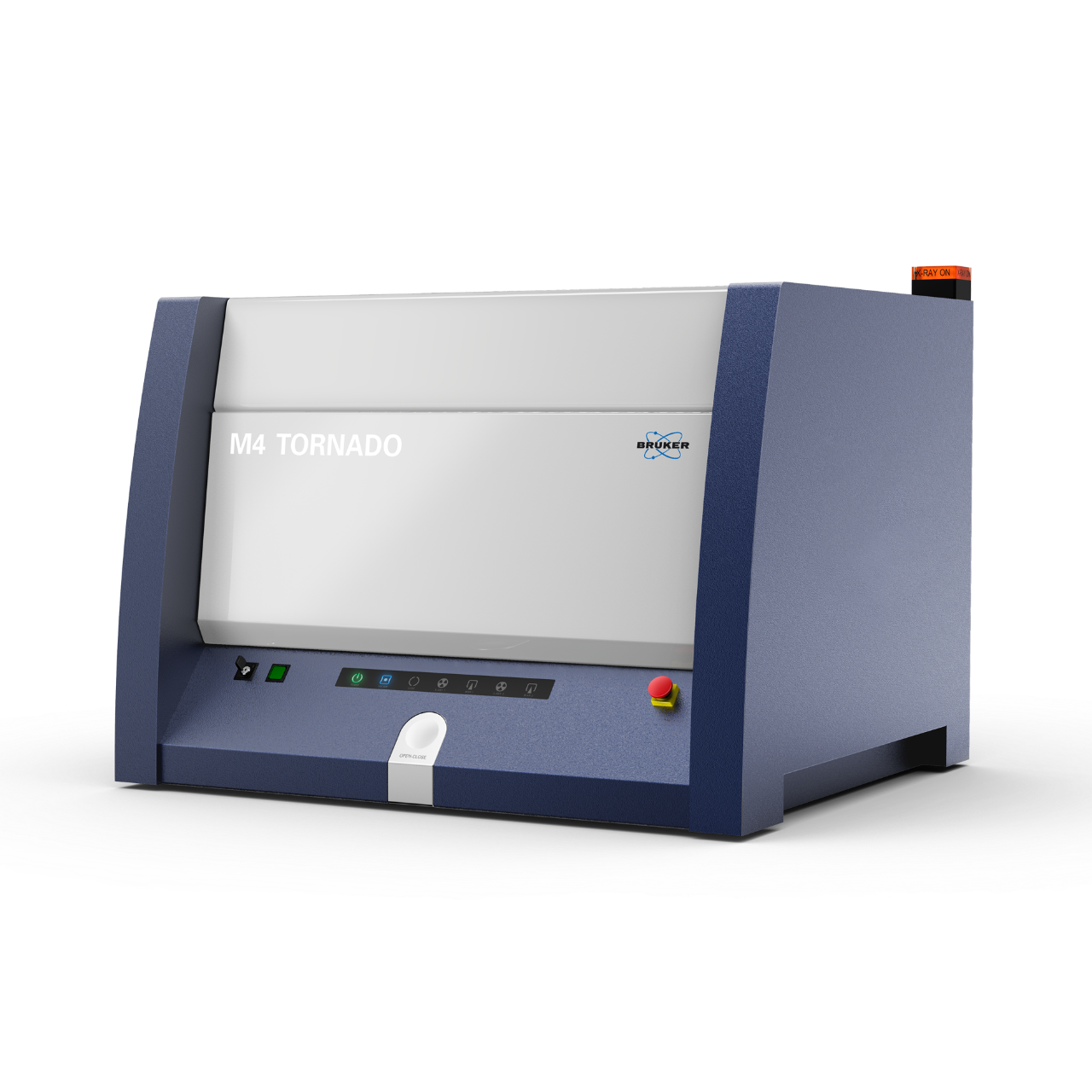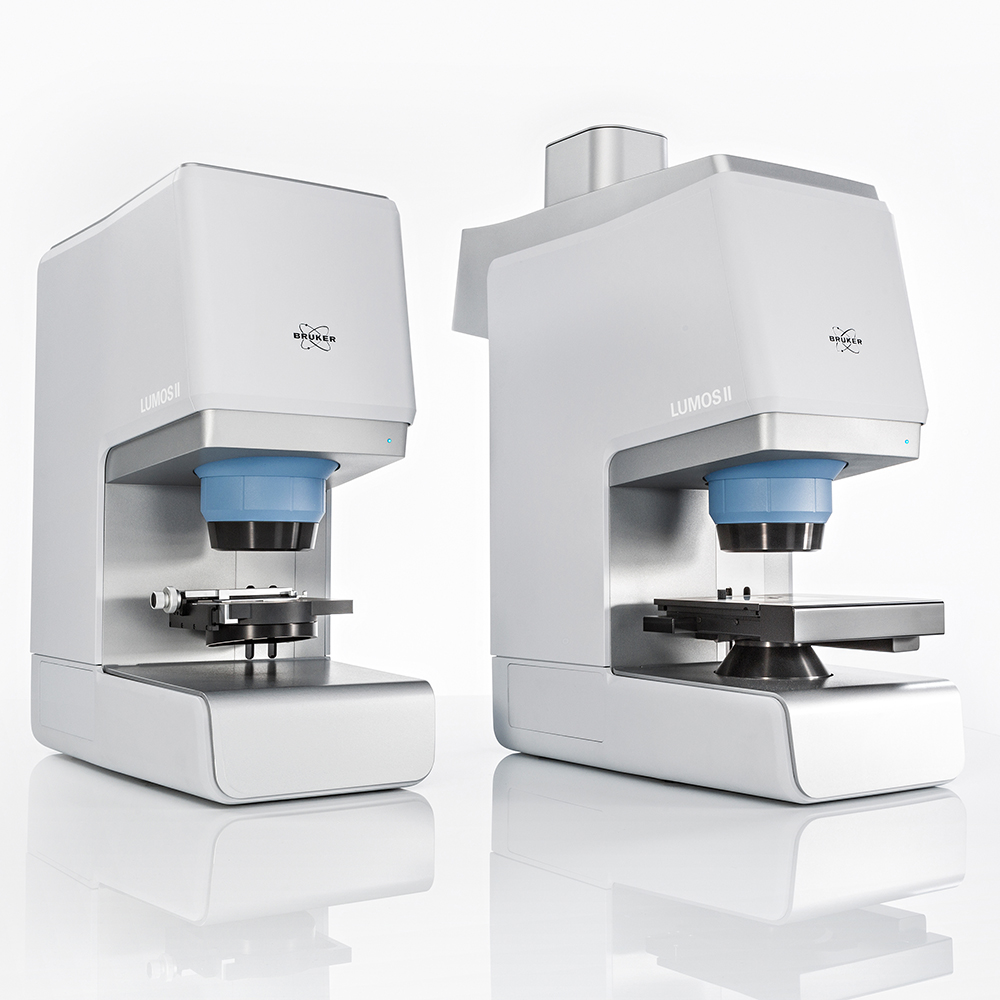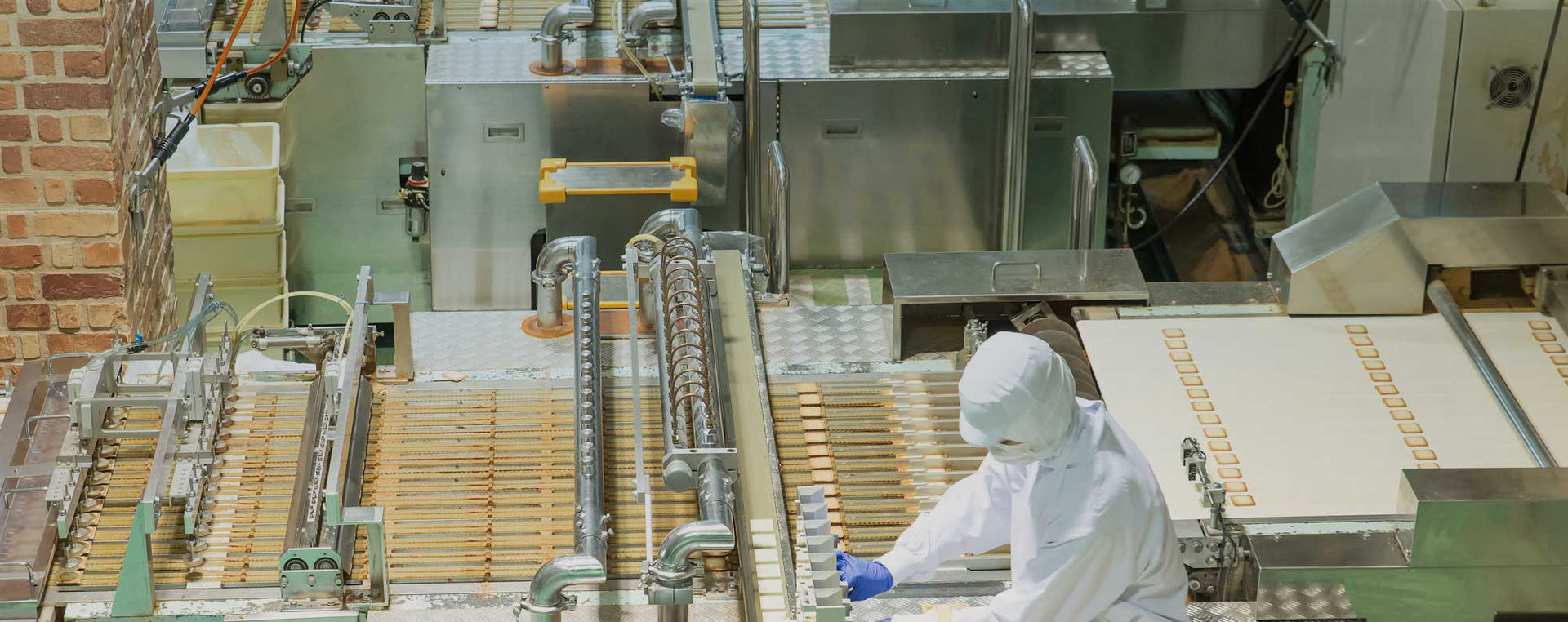

Identify Foreign Objects Found in Food
Foreign Body Identification (FBI) for the Food Industry
Significant cost savings are realized when a food manufacturer can decrease the time required to identify a found physical contaminant and locate its source. The faster you can identify it and determine if it is from faulty equipment, starting material, or even a false claim, the faster production can get going again.
No food manufacturer wants foreign objects to end up in their products, but it can happen. Consequently, it’s important to have tools on hand to quickly identify these contaminants and locate their source. If a piece of metal, ceramic, stone, glass, plastic, or rubber is found during production, it can indicate faulty or worn out equipment. In these cases, our spectroscopy solutions can direct manufacturers to the equipment in need of repair or replacement.
For organic contaminants such as plastics or rubber, FT-IR spectroscopy is ideal, while for inorganic contaminants like glass, metal slivers, and shards, handheld XRF is the method of choice. Handheld XRF and benchtop FT-IR can both be used on the production floor or in the lab to identify material contaminants as small as 1 mm. For microscopic analysis, laboratory micro-XRF can identify inorganic pieces as small as 20 µm, while µ-FT-IR can provide analysis of organic materials > 2 µm.
Related Videos
How FT-IR can determine the source of contamination
How to use handheld and portable XRF (HH-XRF , pXRF) to to identify physical contamination in food products
How to use XRF spectral fingerprinting to ID physical contamination in food products
